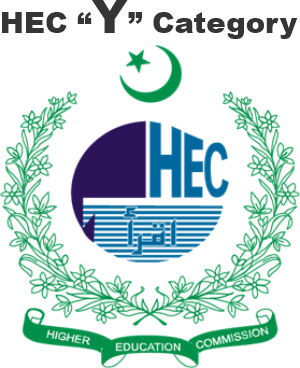An Introductory and Stylistic Analysis of Arabic Annotations on Hadith Literature by the Scholars of Multan
كتب حديث پر ملتان كے علماء کی عربی تعلیقات کا تعارفی و اسلوبیاتی جائزہ
DOI:
https://doi.org/10.1234/mm8gs633Keywords:
Hadith, Annotations, Multan Scholars, Arabic Marginalia, Regional Islamic ScholarshipAbstract
The Hadith stands as the second principal source of Islamic law after the Qur'an and has been meticulously preserved and transmitted by generations of scholars. Muslim muhaddithin dedicated their lives to the collection, authentication, organization, and explanation of Hadith, employing diverse methodological approaches that gave rise to distinct literary genres such as Jāmiʿ, Ṣaḥīḥ, Sunan, Muʿjam, Musnad, and Ajzāʾ. In addition to verifying the authenticity of Hadith, these scholars also produced commentaries (shurūḥ), marginal notes (ḥawāshī), and annotations (taʿlīqāt) to enhance understanding and accessibility for students and scholars alike. This paper explores a lesser-studied yet significant regional contribution to Hadith scholarship by focusing on the academic efforts of scholars from the Multan Division in Punjab, Pakistan. It provides a critical and stylistic overview of their Arabic annotations and marginalia on canonical Hadith texts. Some scholars have authored independent monographs on Hadith, while others have enriched classical compilations through extensive commentarial work. By analyzing these contributions, the study highlights the intellectual vitality and methodological diversity within regional Islamic scholarship, positioning it within the broader context of global Hadith studies.






































